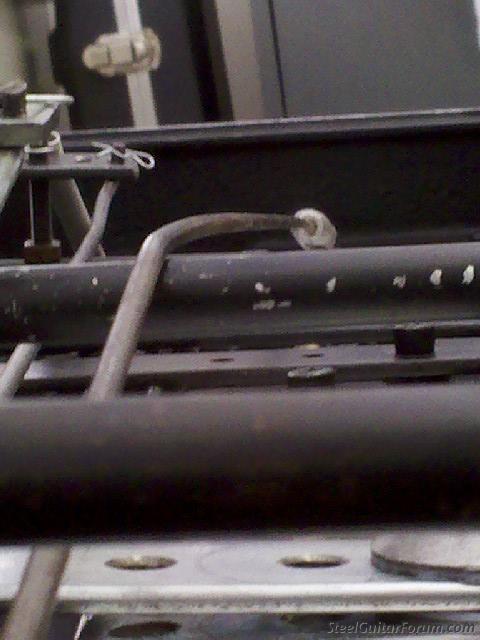A quick trip to A-to-Z Rent-all...

|
The Steel Guitar Forum Store
Visit Our Catalog for Strings, Instruction, Music and Accessories |
Send a Donation
Steel Guitar Links |
Moderator: Dave Mudgett
How much pre-loading are we talking here? 1/1000" of bowing in the middle? If so, a small amount wouldn't affect the neck/deck contact. Even if, it wouldn't hurt to leave the neck with a tiny gap like that. Imperceptible to the eye and held in place by screws.Tony Glassman wrote:I agree w/ an adjustable pre-loading truss rod running along the bottom of the deck from end plate to end plate, which would offset cabinet drop forces
wouldn't a pre-loaded (bowed) deck decrease the surface contact between the deck and necks and screw up vibration transmission.
Some people feel the pitch drop is due to changer axle flex rather than cabinet drop.



Jim,Jim Pitman wrote:Pete - I tried the bar clamps on the end plates. It didn't make much of a difference on my guitar. I theorize it merely deflected the end plates in relation to the top at the end plate/top wood interface point. It might be effective on guitars that have more of a rigid end plate mounting design.